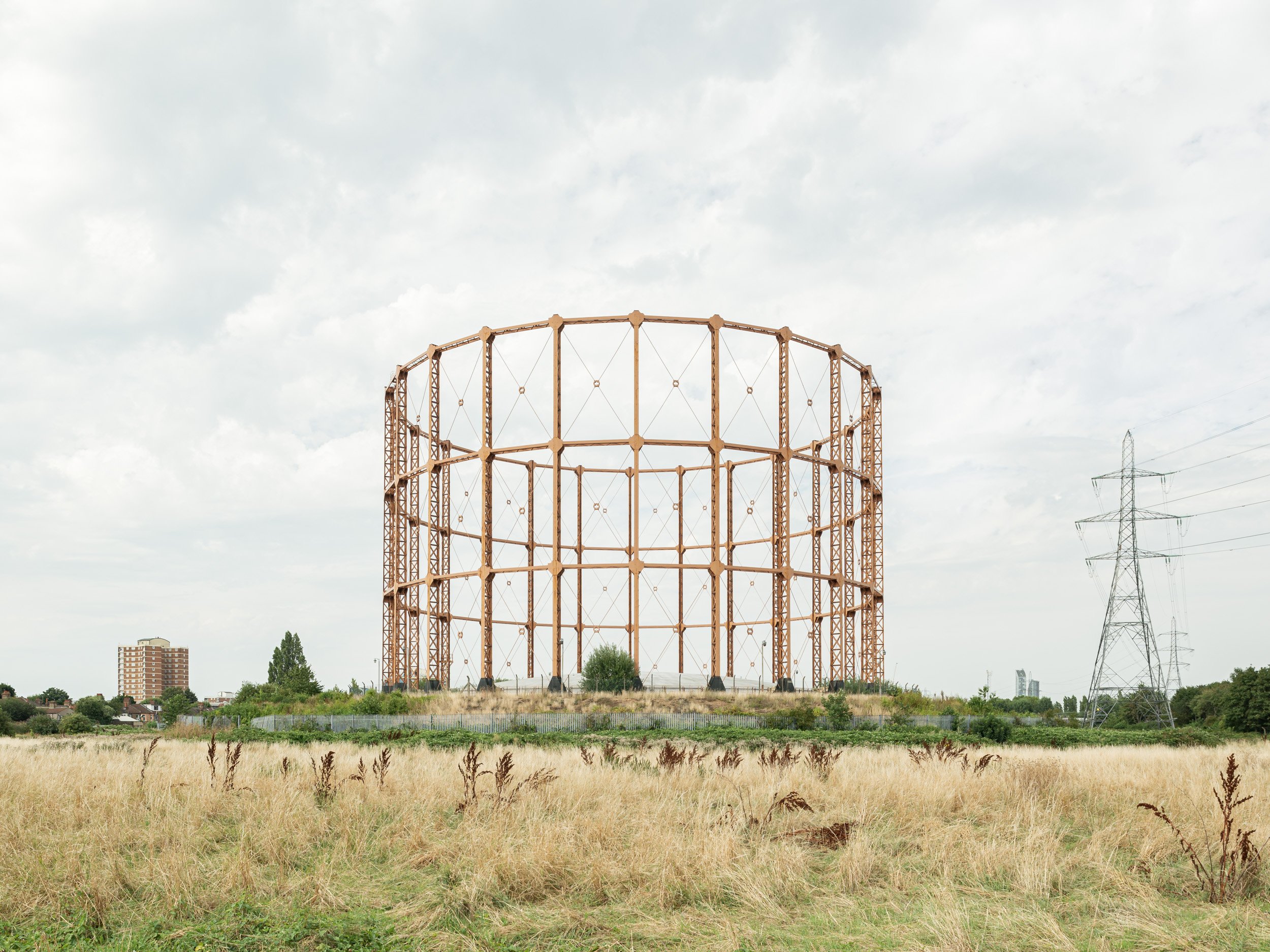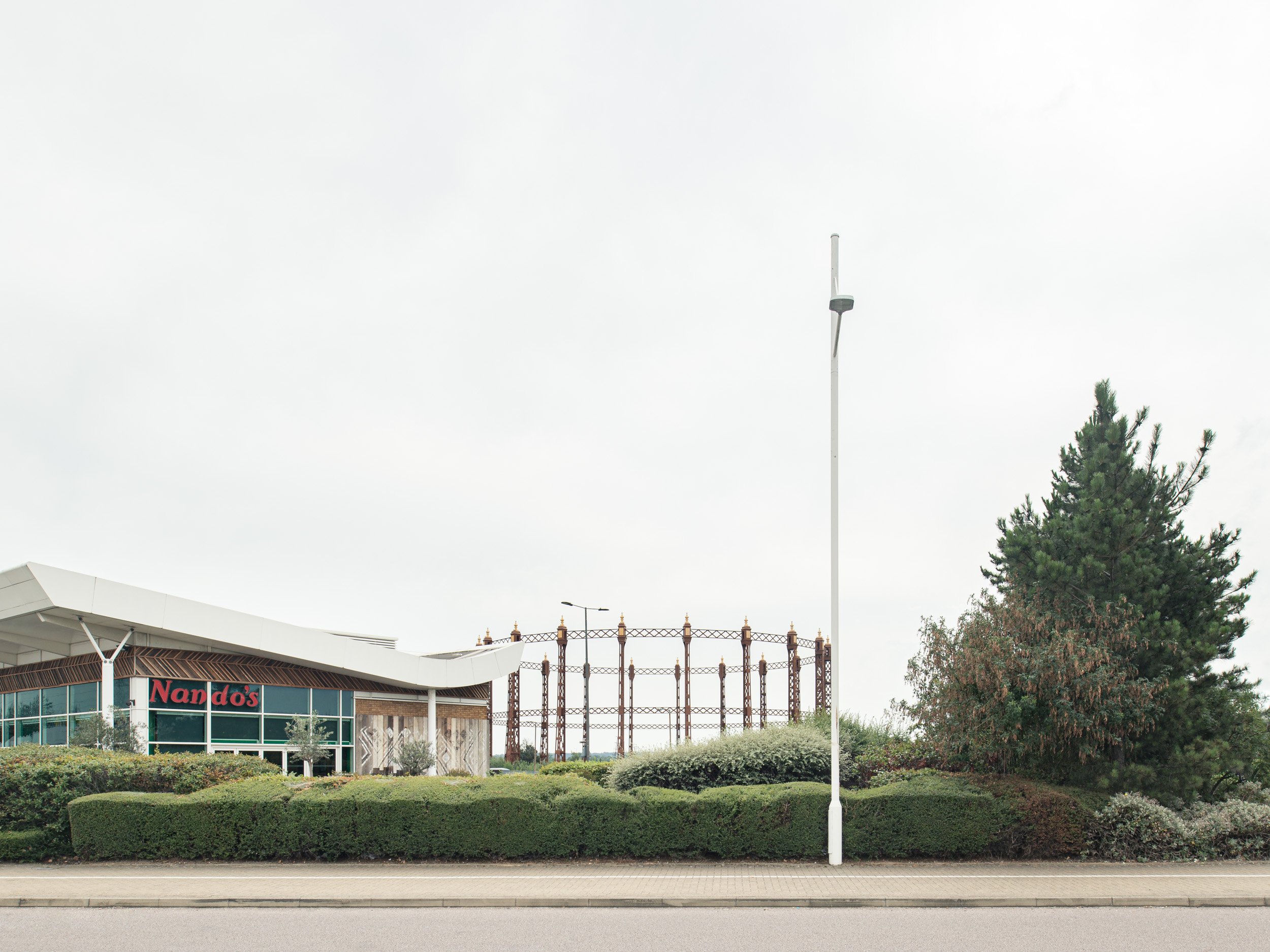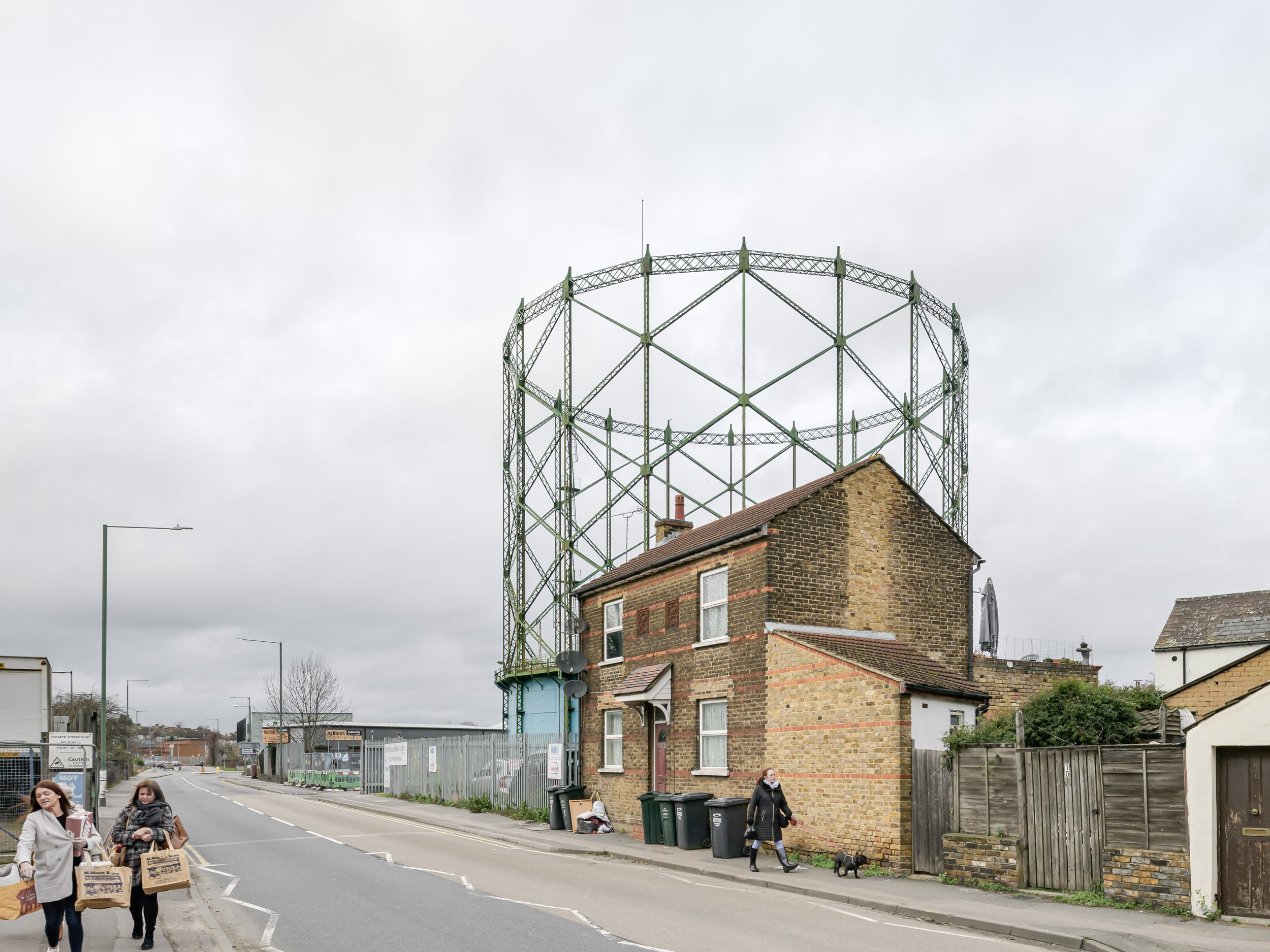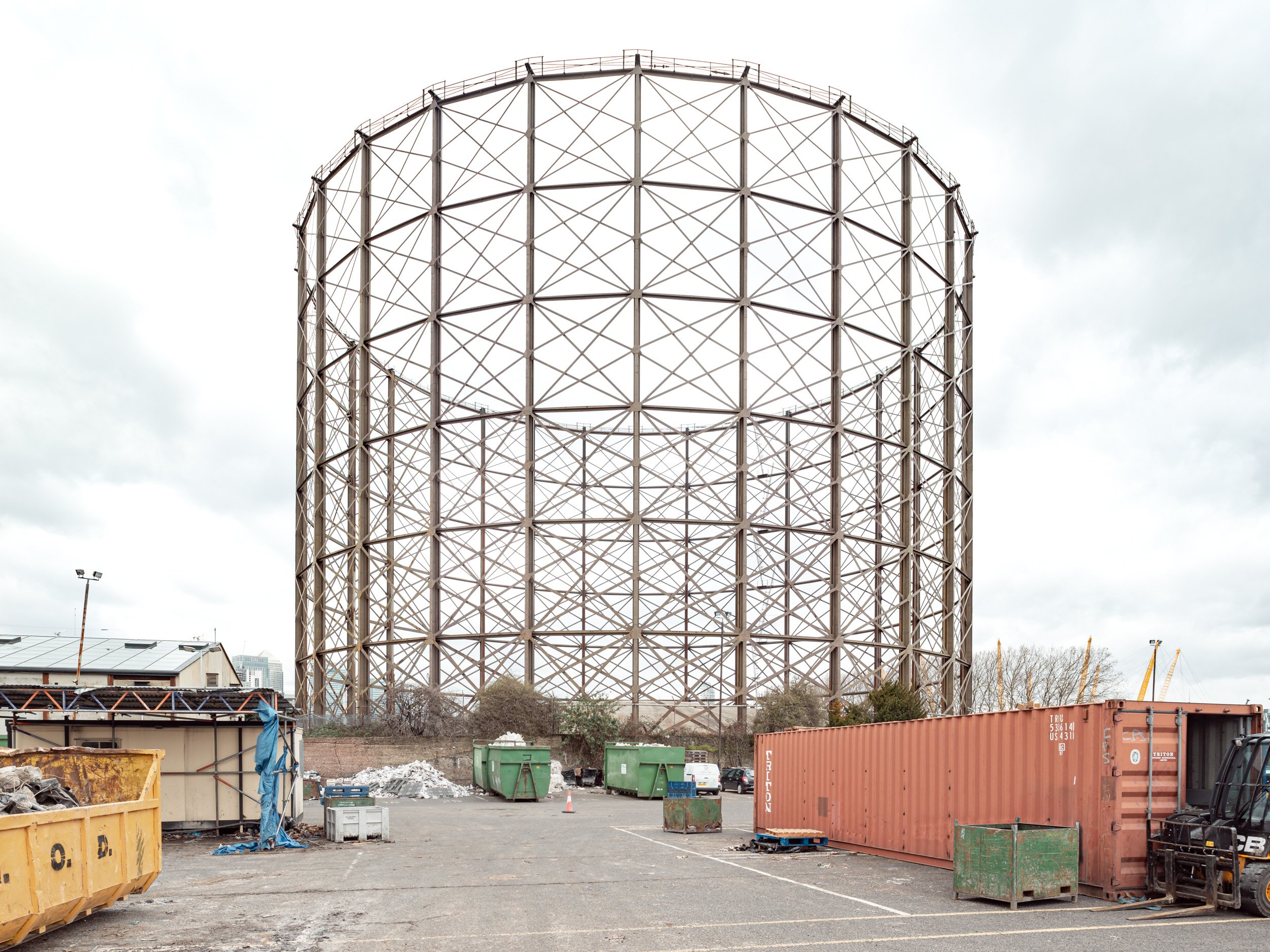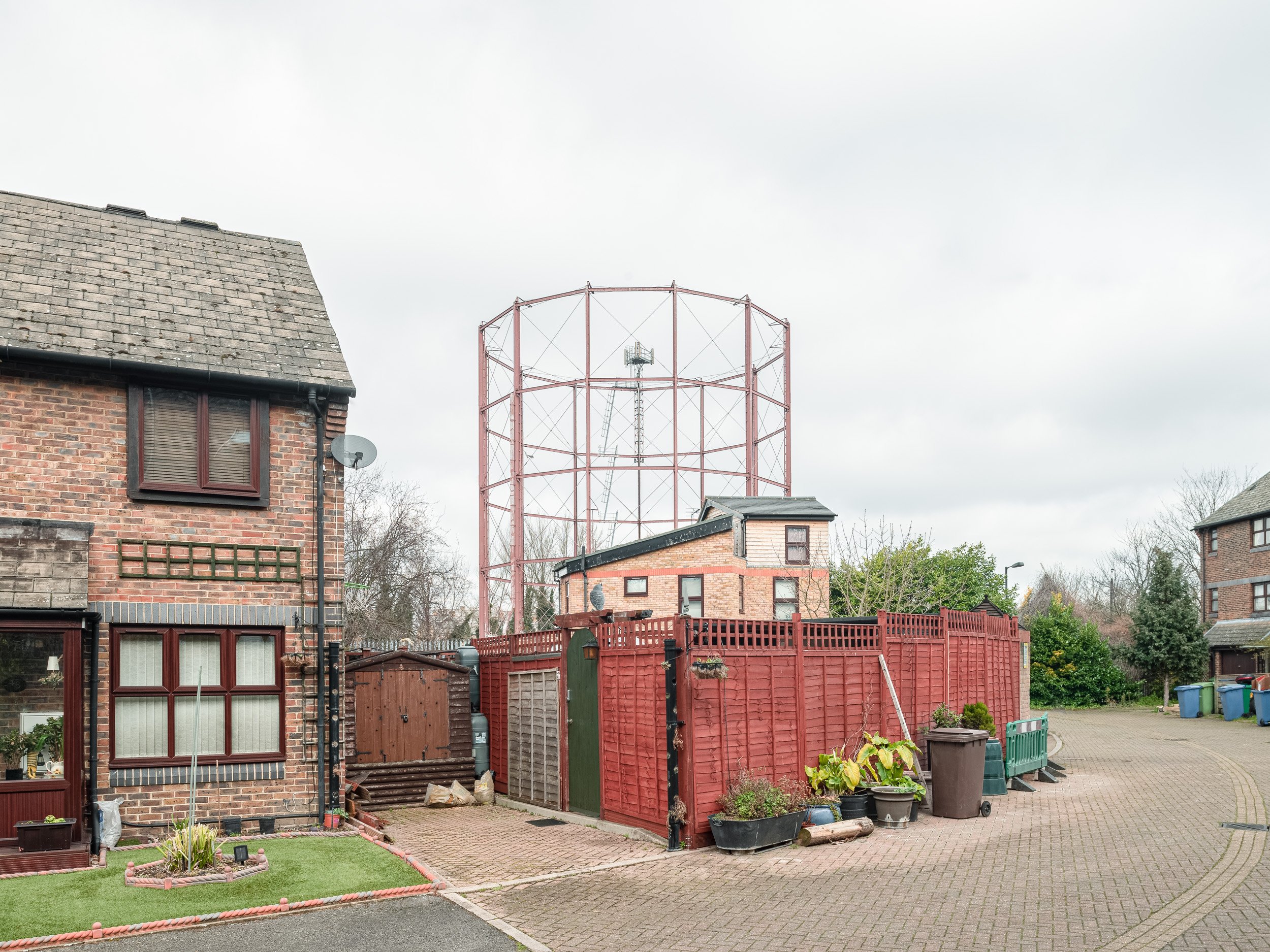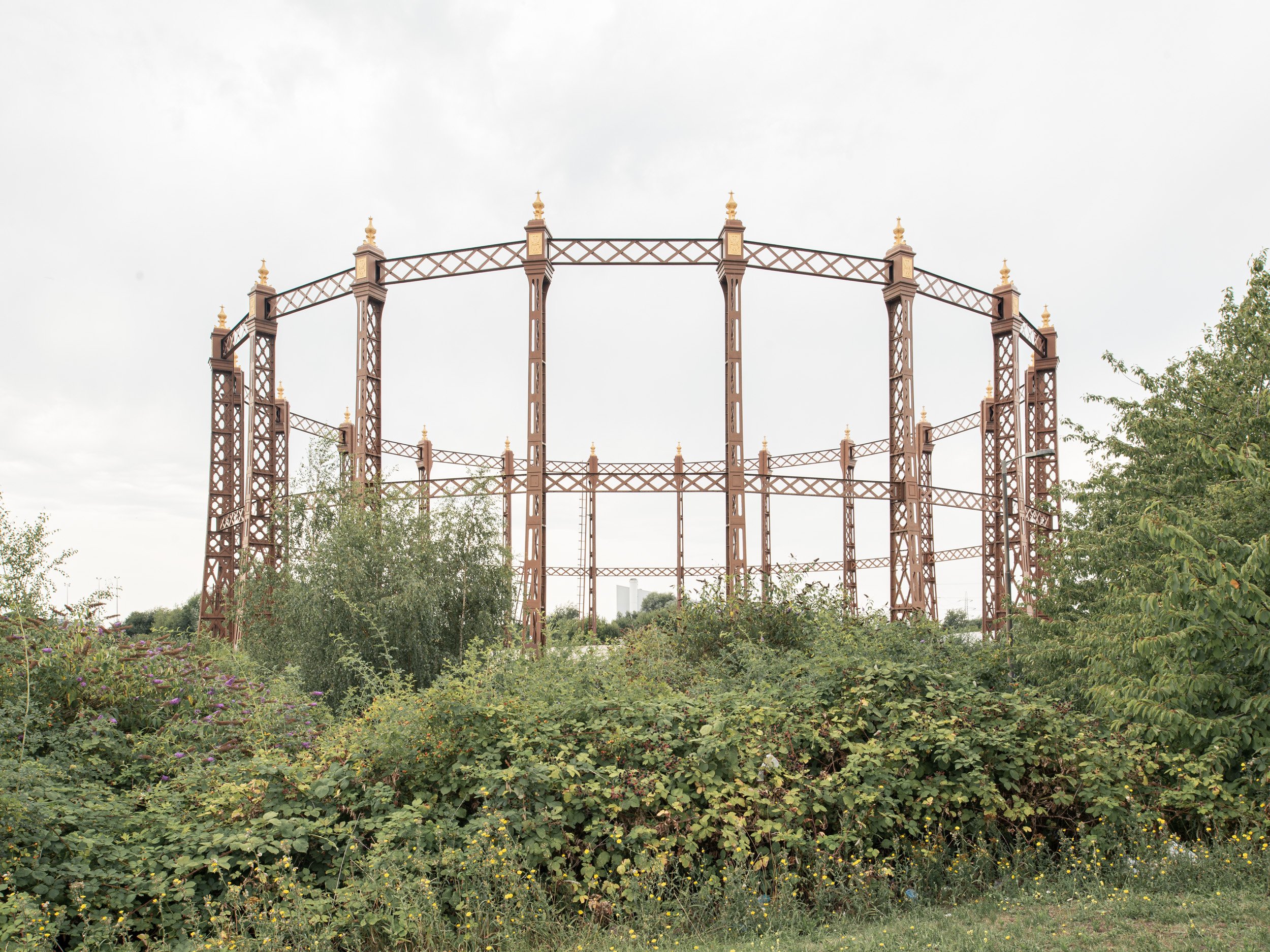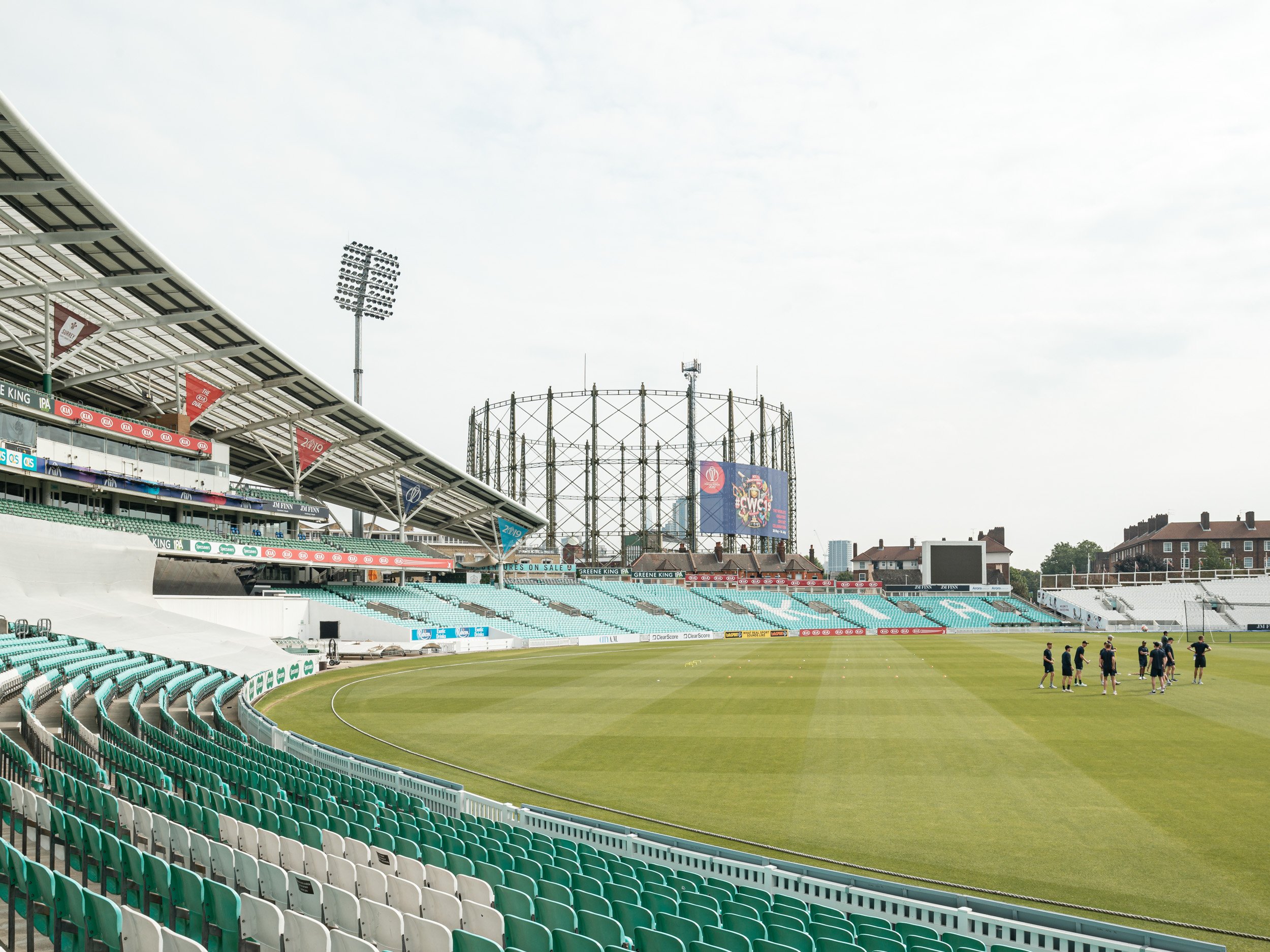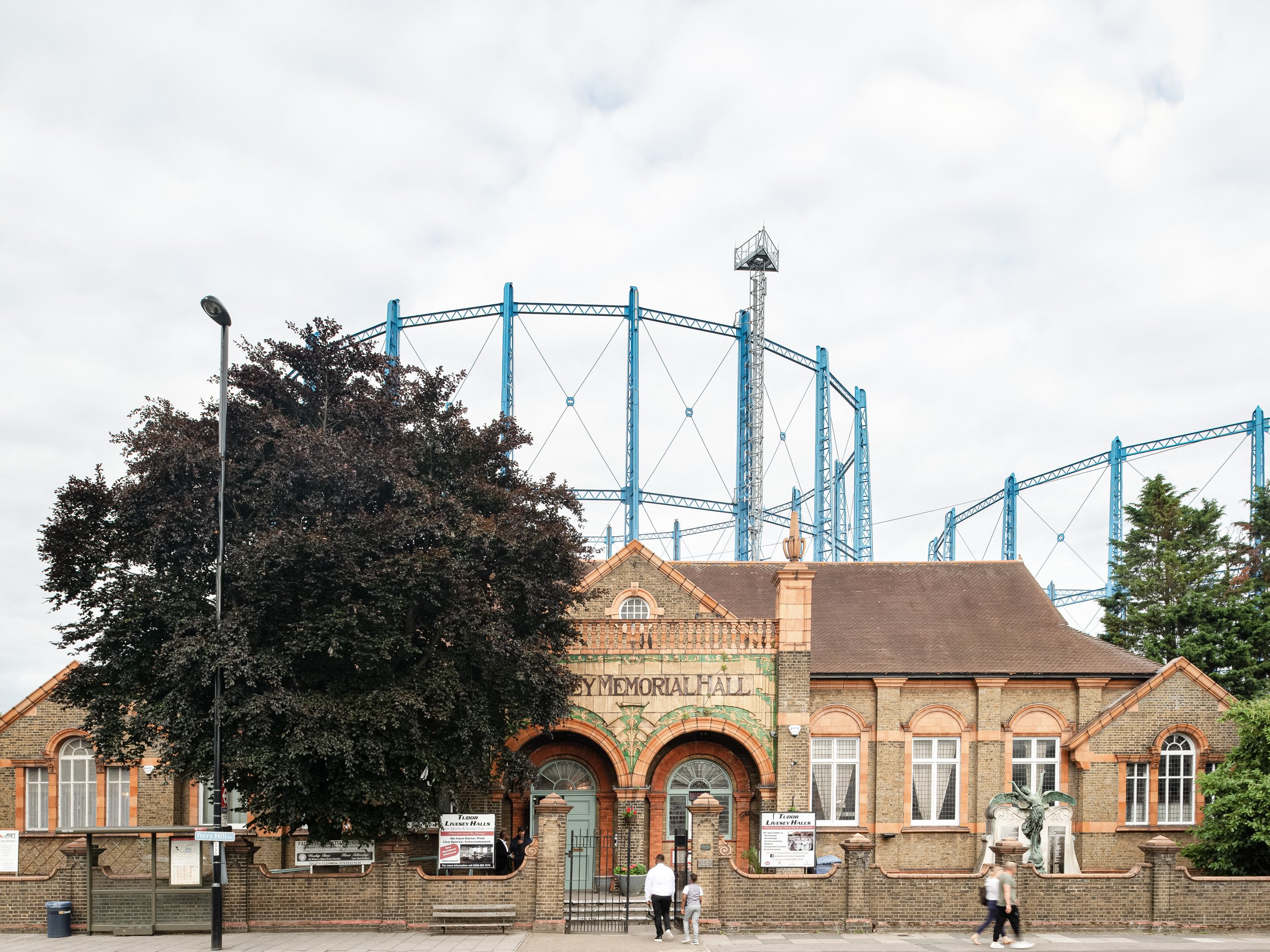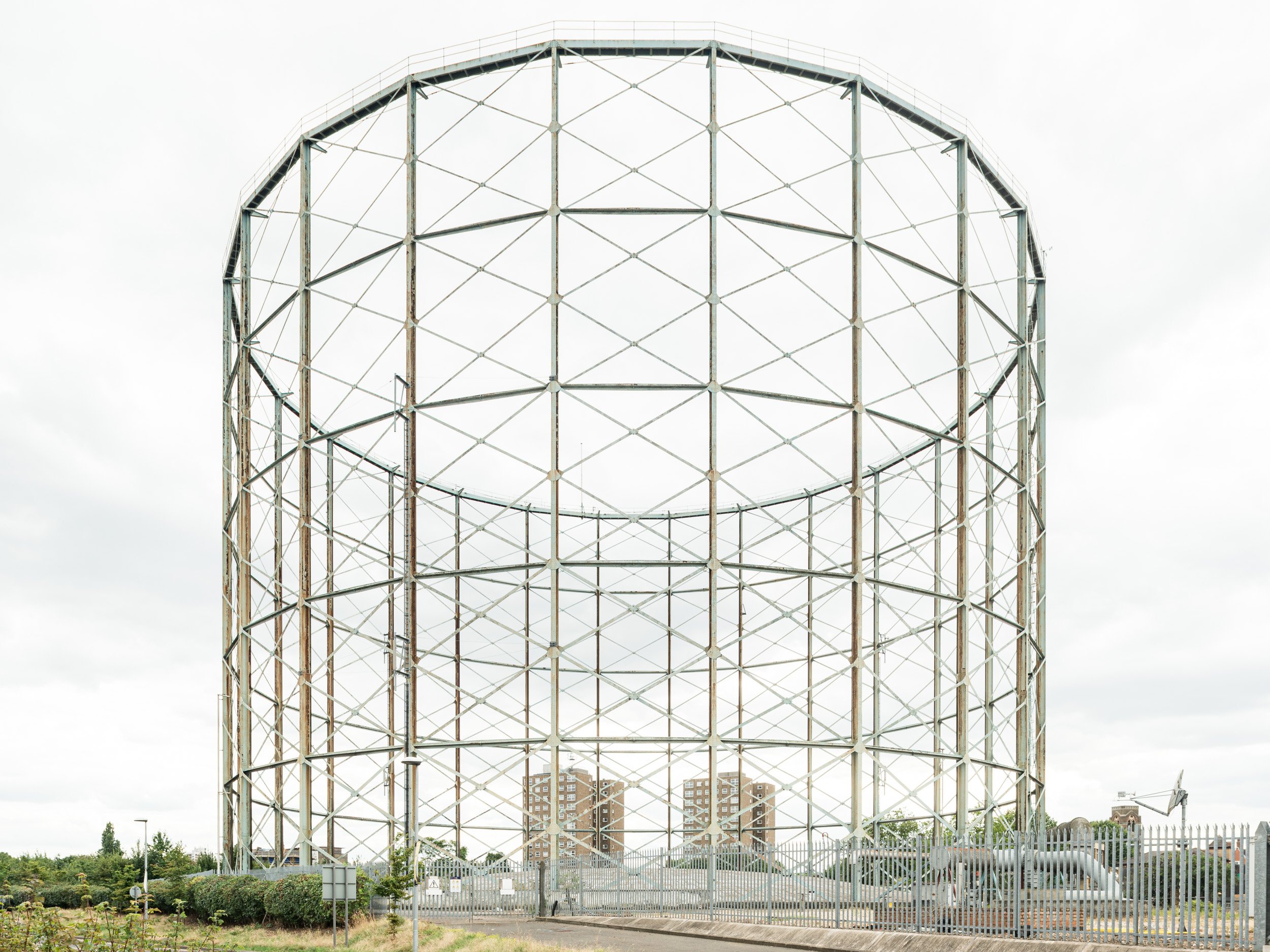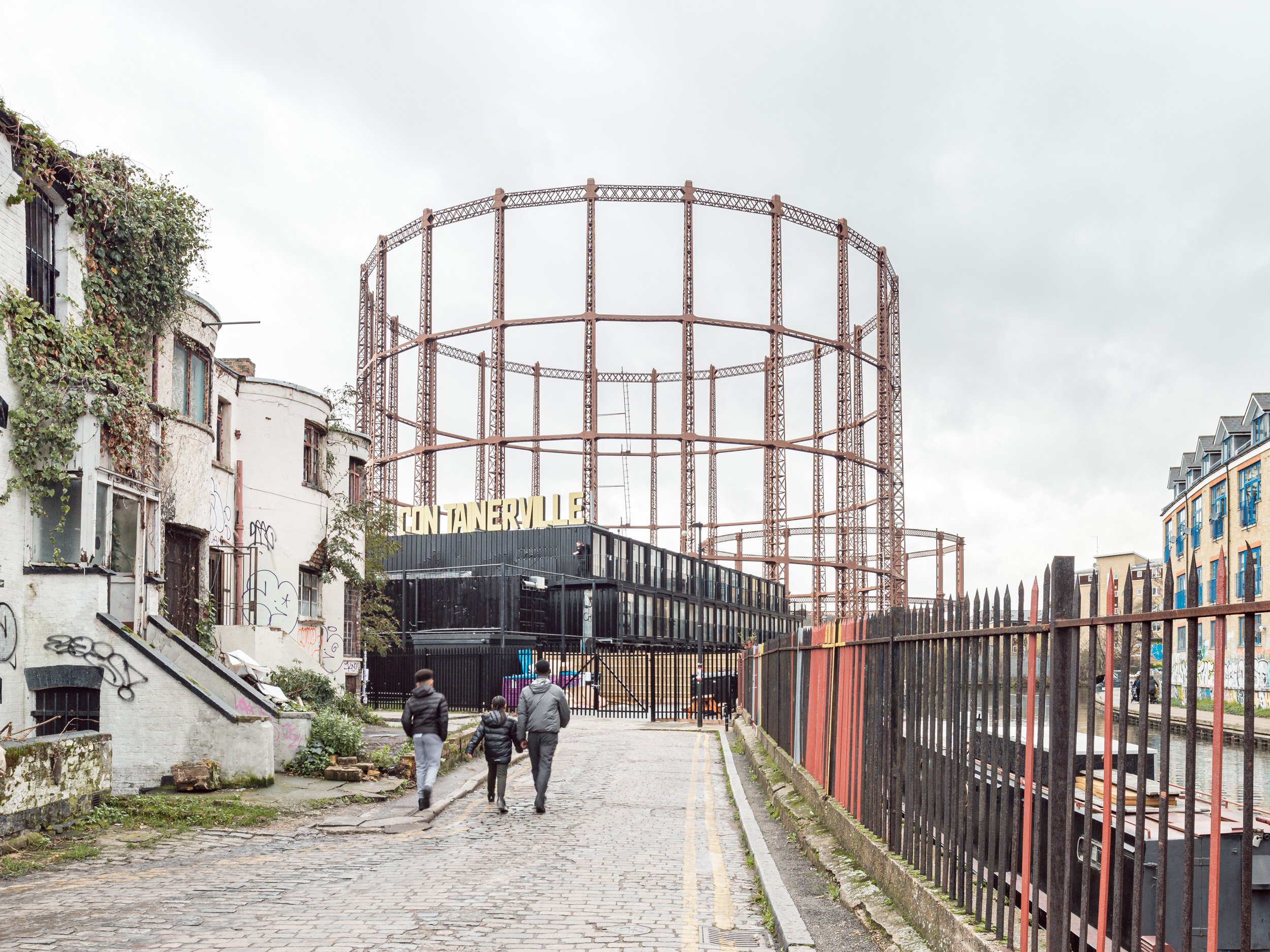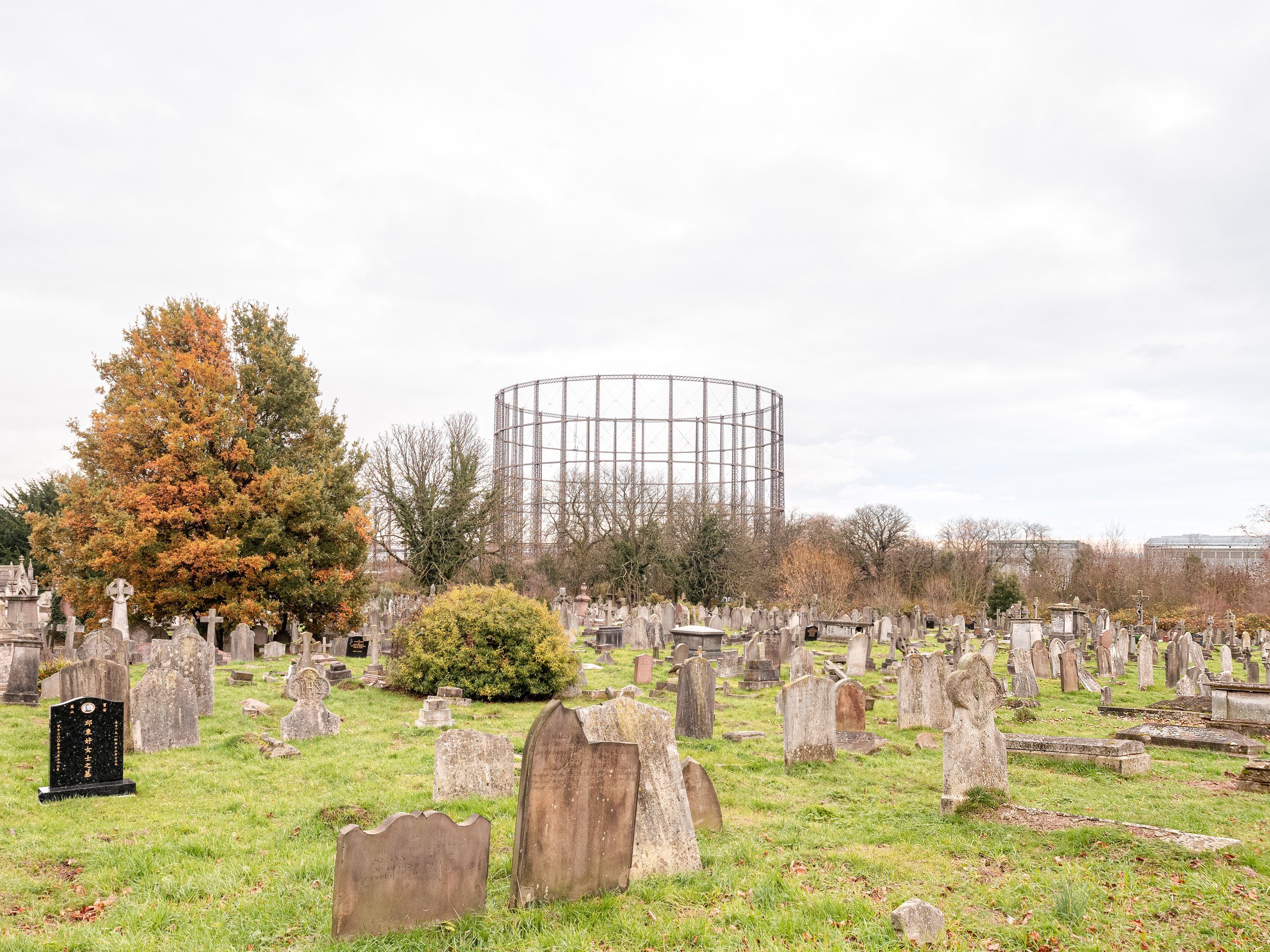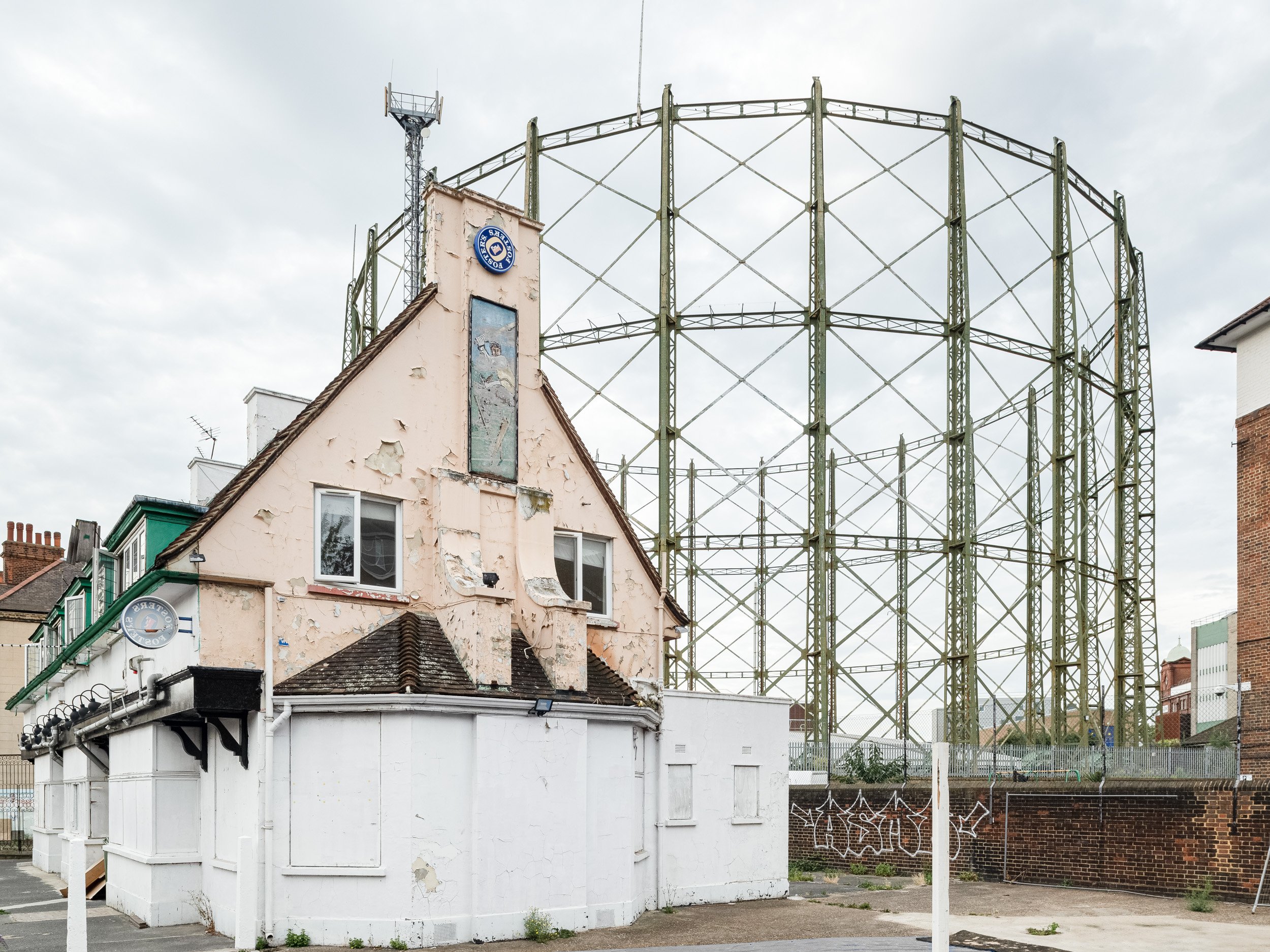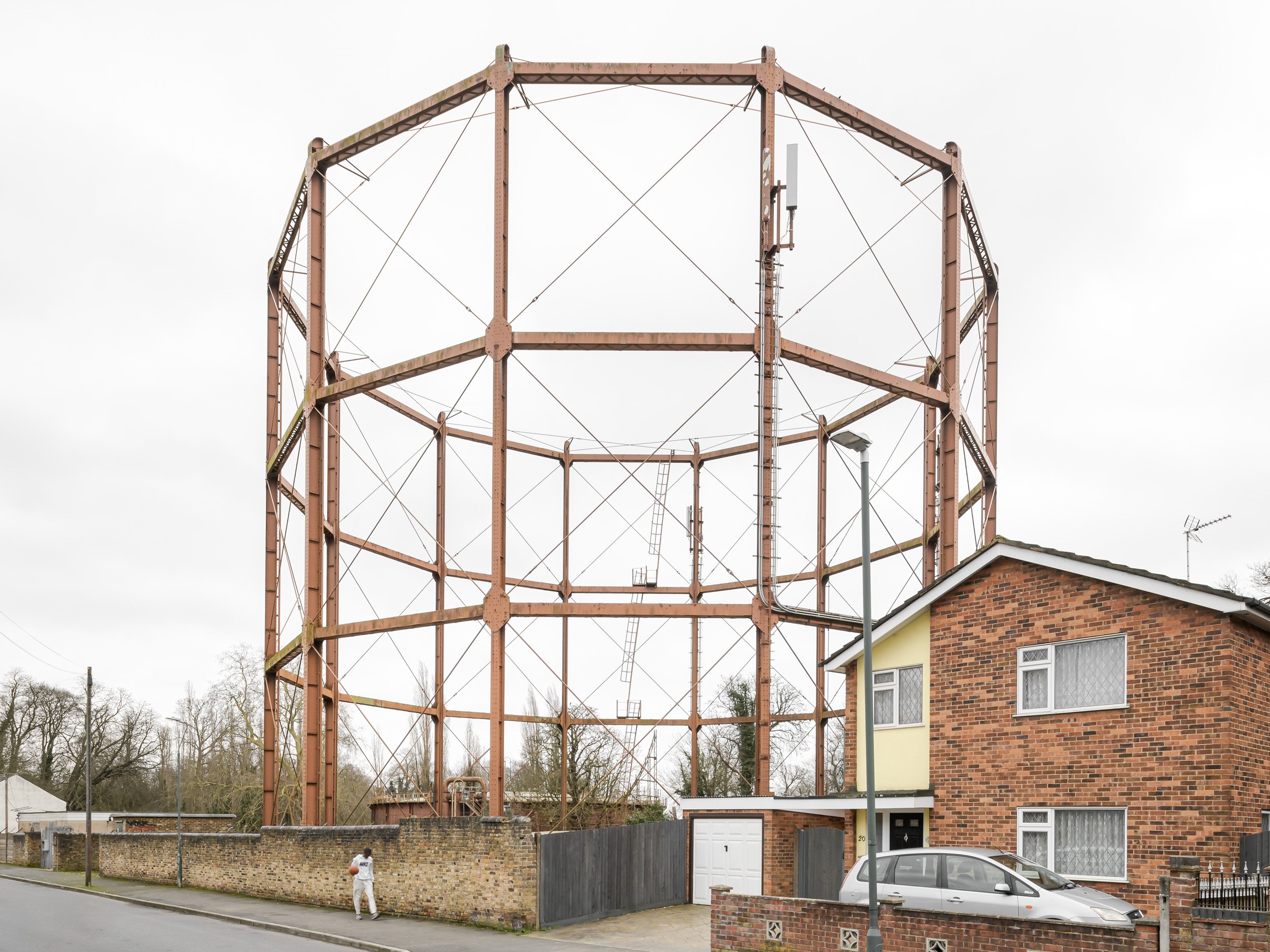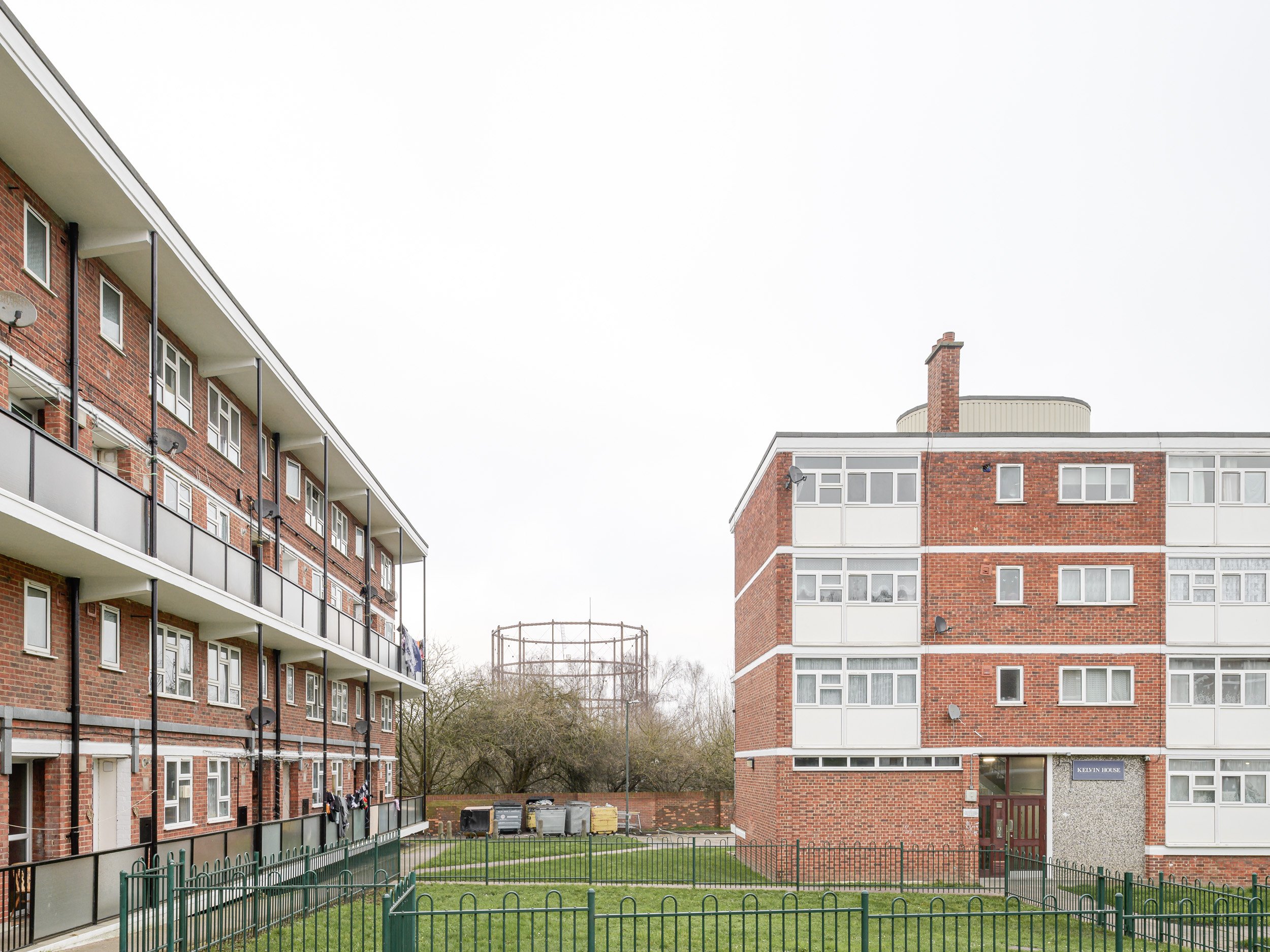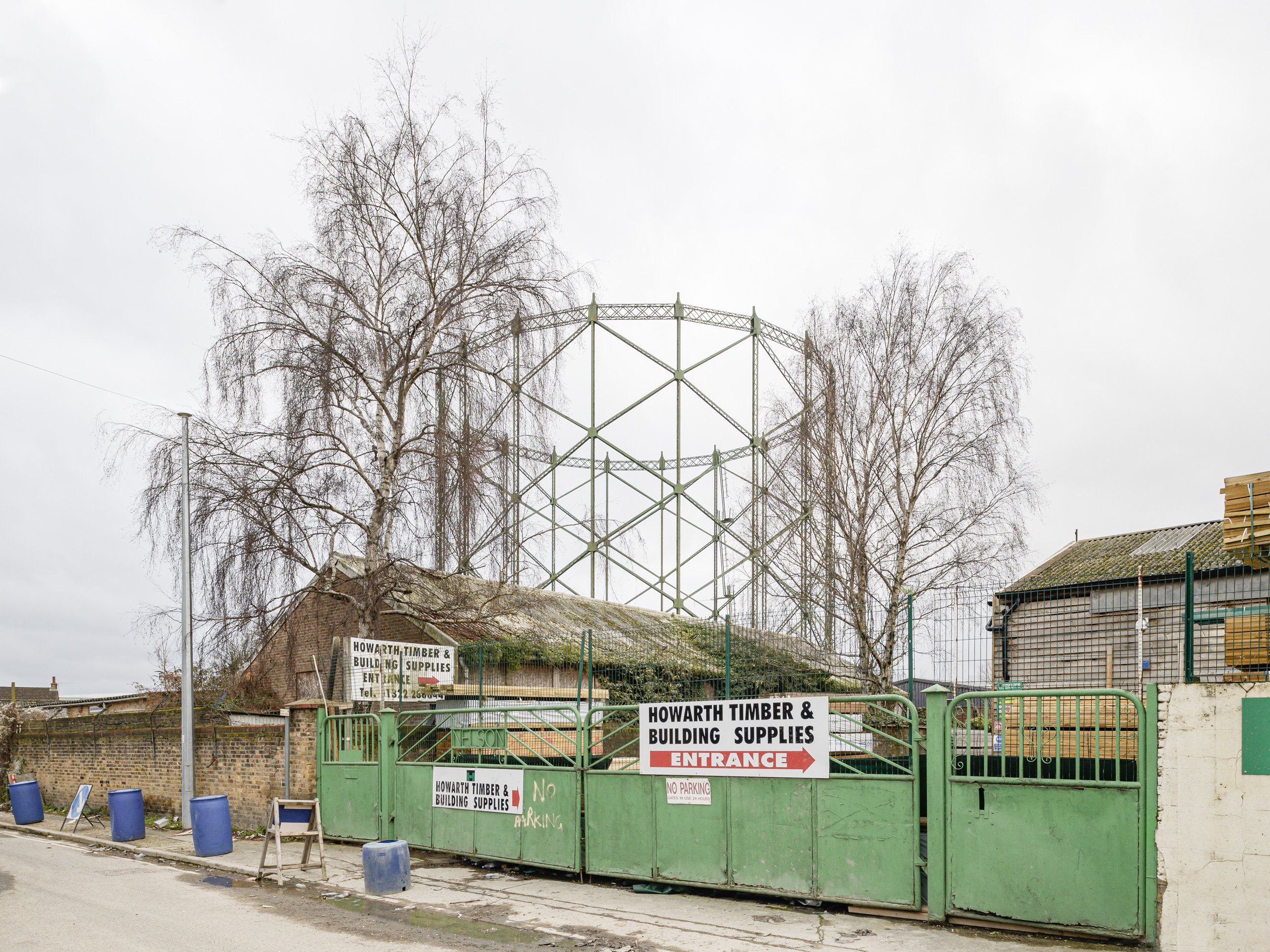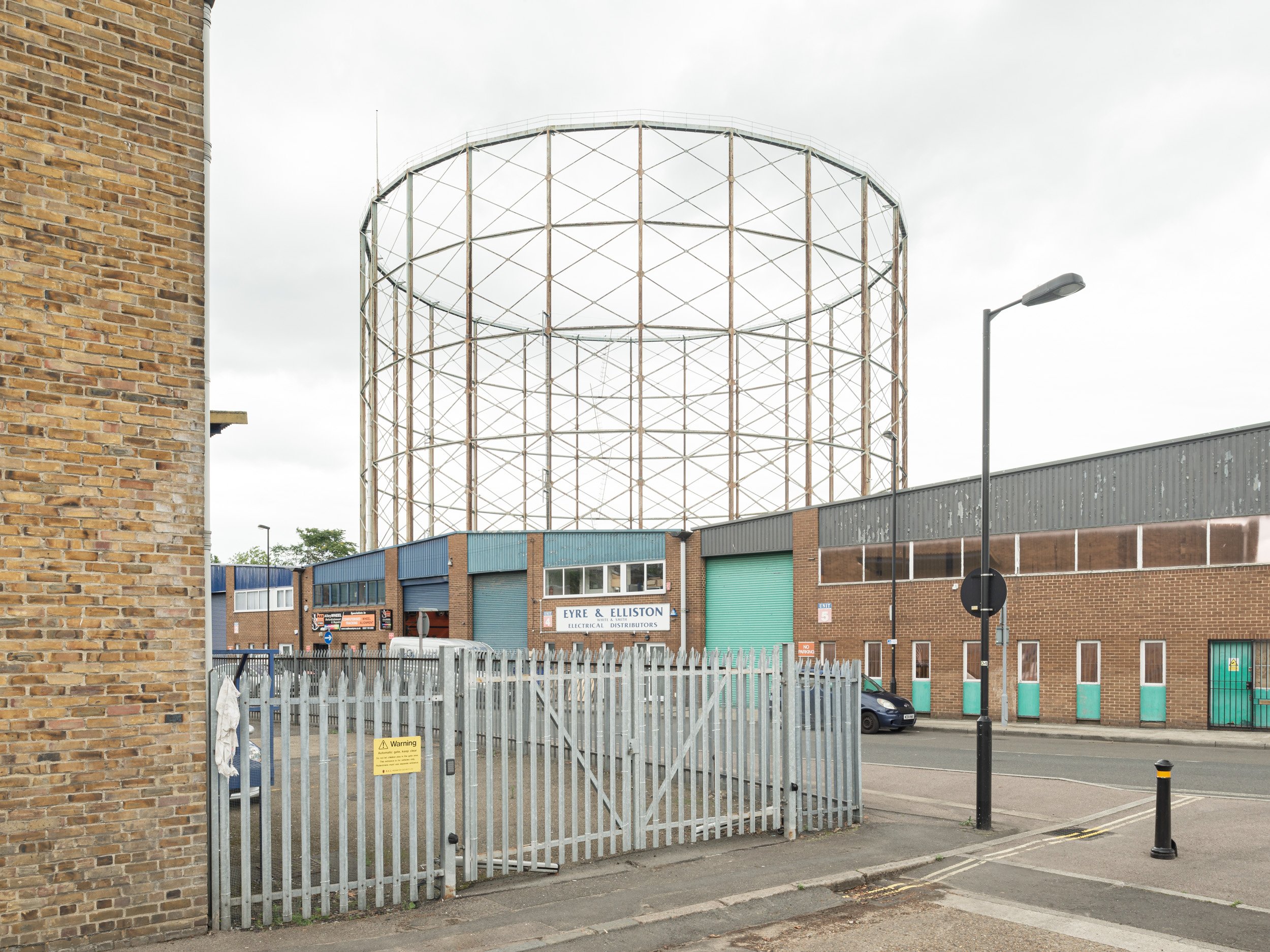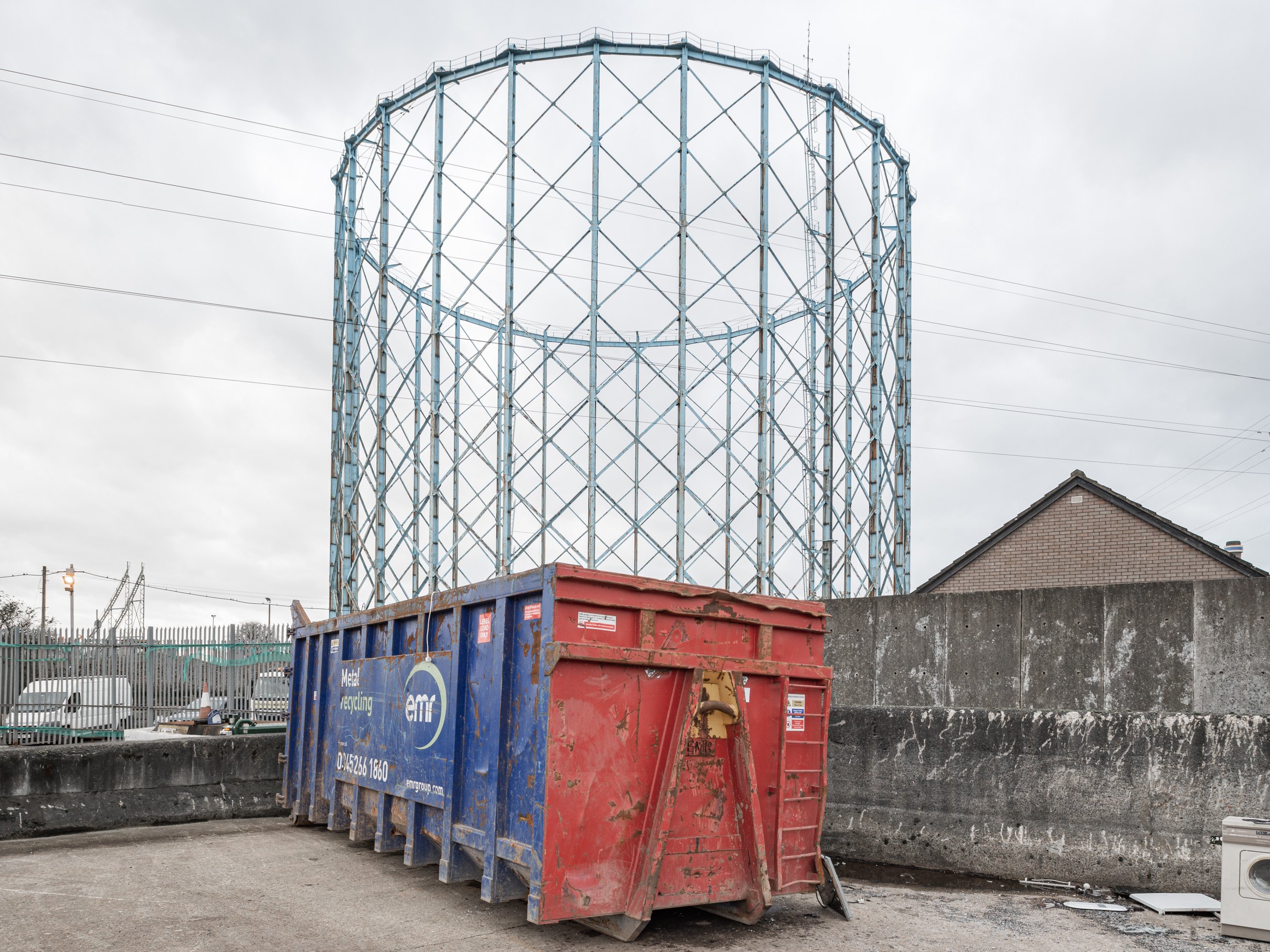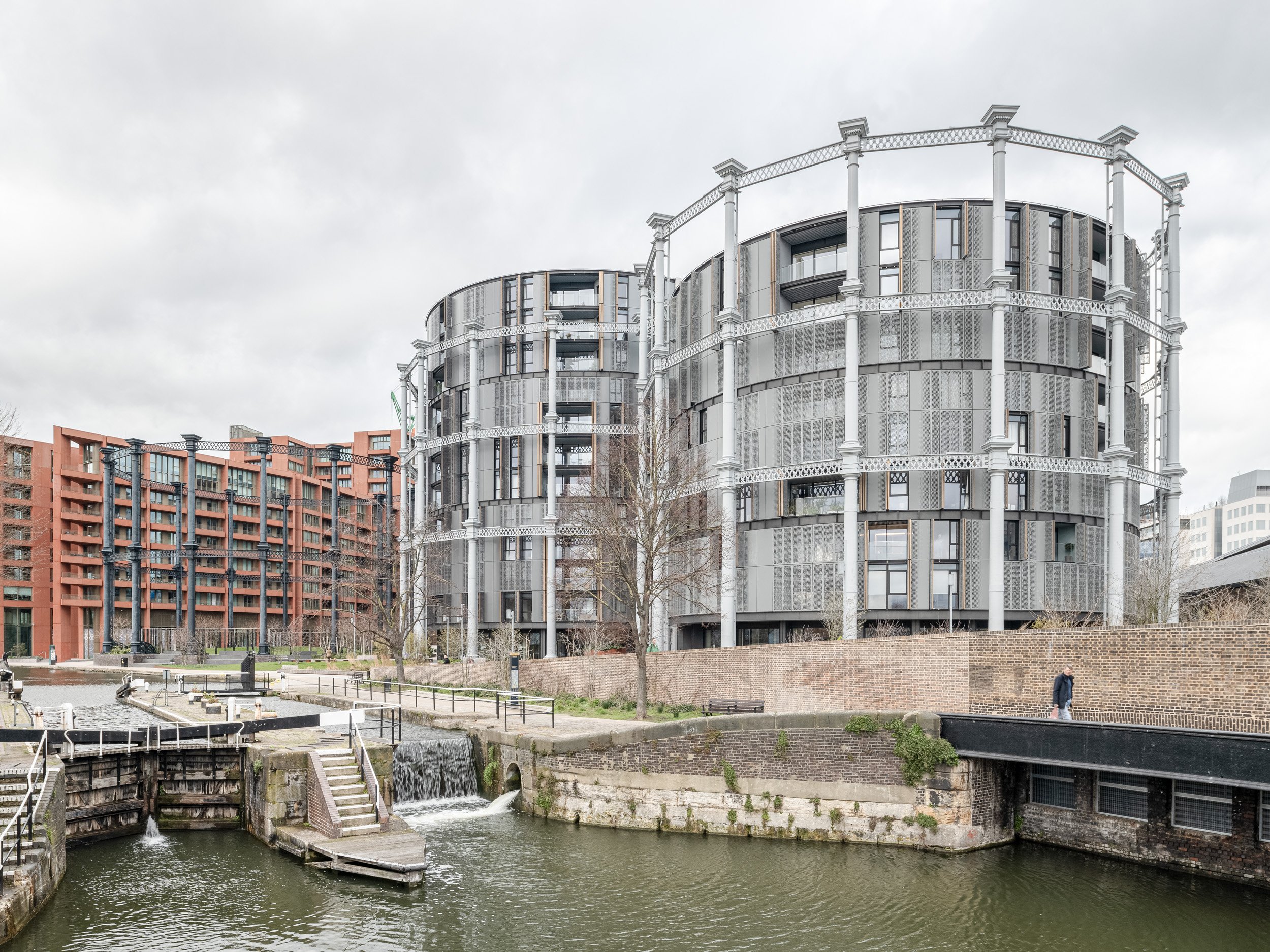Ruin or Rust
Why does rust frighten us so while the ruin is adorned with a reassuring character? […] The ruin restores man to nature. Rust, on the other hand, confines him in the middle of his productions as if within a prison, a prison all the more terrible since he is its builder. This is what Antoine Picon, professor of History of Architecture and Technology at the Harvard Graduate School of Design says in his article Anxious landscapes: from the ruin to rust.
Gas holders began to emerge in Britain in Victorian times to store large volumes of gas produced from coal. They continued to be built across the country through the nineteenth century and by the early twentieth century were a permanent fixture of much of the British urban landscape. With the discovery of natural gas in the North Sea in 1965, the gas industry went into decline, and so did the usefulness of gas holders due to developments in gas pipe technology. By the 1990s, most local gas networks were able to function at full capacity without the use of gas holders. In 1999, a decision was made to start dismantling them, therefore the urban landscape is changing again across the country. Will these sentinels of the industrial age be missed? Can these scientific and architectural icons find a new function in our age? Are they ruin or rust?
There are more than twenty gas holders remaining in the Greater London area. With time they became the backdrop of everyday life scenes as well as stand out elements in the London urban landscape. This project documents their presence and investigates their role in contemporary society and the urban fabric.

